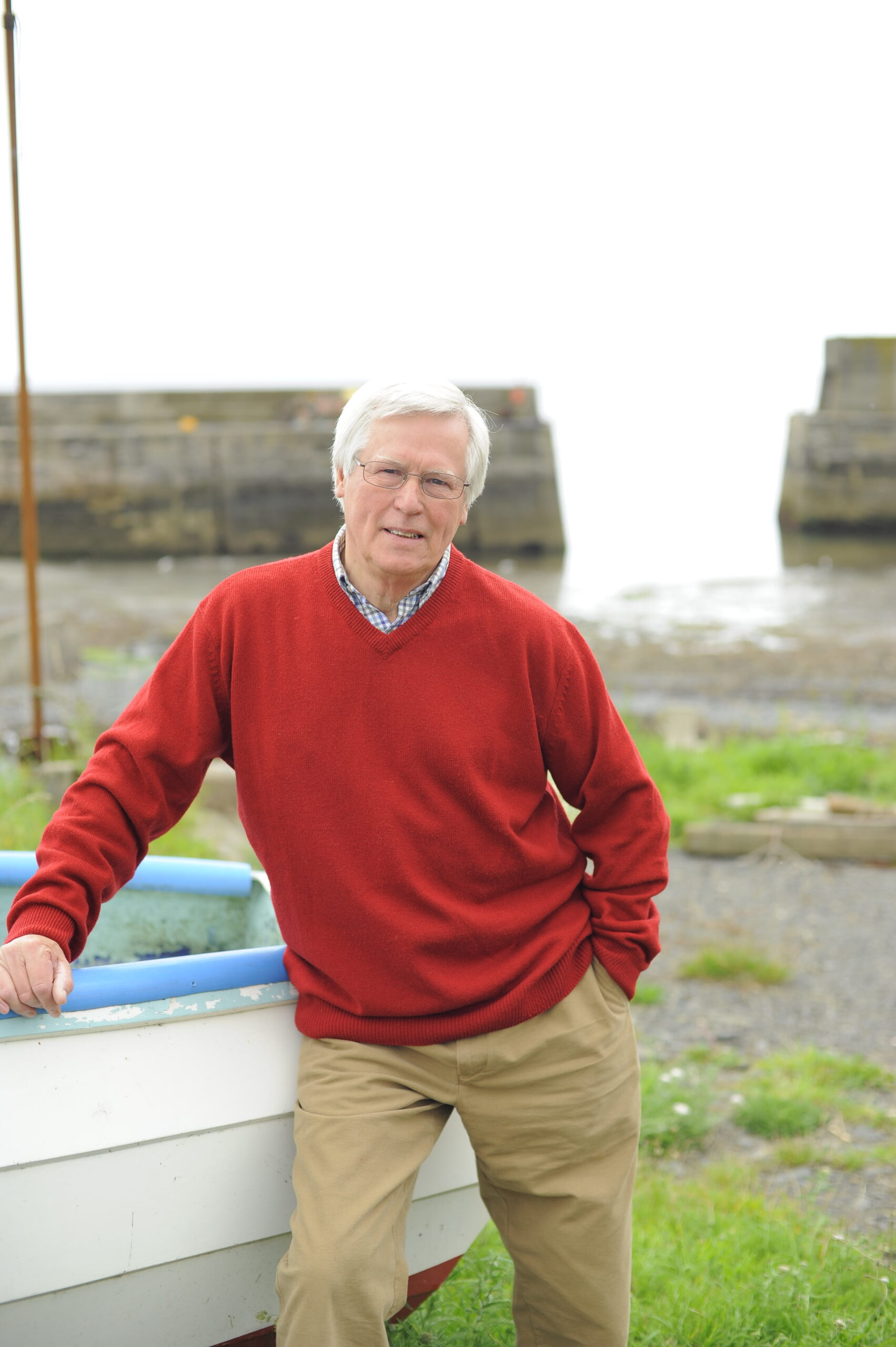In the fields of eastern England, millions of tonnes of sugar beet are now half-way towards what should be a good harvest, controversially protected from a ruinous virus by a neonicotinoid pesticide called Cruiser SB – which is officially banned in this country because it kills bees.
In 2009, I was one of the first to report concerns among beekeepers as millions of their honeybees showed signs of disorientation and were unexpectedly dying. Evidence slowly began to build linking this to the neonicotinoids used on crops that bees forage on. Most were outlawed across Europe and the UK four years ago.
Yet, this year, the Government temporarily lifted the ban on Cruiser SB because of an aphid threat facing more than 3,000 growers of sugar beet – a measure branded “scandalous” by conservationists.
Panicked permission
Aphids transmit a disease called virus yellows (VY), which devastated the British beet crop in 2020, resulting in a £65 million loss.
Every winter, a system developed by Rothamstead Research in Hertfordshire predicts how bad VY infection is going to be. Last year’s level was low and posed no problem but this year it is much higher, so the Government granted “emergency authorisation” to the banned pesticide.
The decision was not taken lightly, it said, but in the belief that potential benefits outweigh the risks to pollination – even though its own advisors, the Health and Safety Executive and the Expert Committee on Pesticides, disagreed.
Joan Edwards, director of policy at the Wildlife Trusts, tells me that Government targets to reverse the decline of nature by 2030 now look hollow alongside the green light given to a highly toxic neonicotinoid that could kill 1.25 billion bees with just one teaspoonful. “Why is the Government ignoring the advice of its own experts who don’t support its current use?” she asks. “It is a betrayal of promises to protect nature.”
A coating of Cruiser SB was applied to seeds before they were shipped out to farms for planting. As the chemical works its way up a growing plant, it kills aphids before they can spread the virus. But there are claims that up to 95% of the coating is absorbed into the soil and, from there, into other plants which, when they flower, can kill pollinating bees.
Sugar beet is harvested before it flowers and Defra has ruled that no flowering crop can be planted in the same field for 32 months afterwards. But that doesn’t protect wildflowers and field margins – favourite gathering grounds for bees – or stop pollution from those fields seeping into watercourses and putting aquatic life in danger.
Testing times
The British sugar industry is carrying out extensive research in its battle against VY with the intention of creating fully tolerant beet varieties, using techniques such as gene editing. Matt Shardlow, of invertebrate charity Buglife, argues virusresistant sugar beet should have been developed years ago.
“The biggest problem is that no long-term testing is being done on new pesticides to assess their impact on bees and other wildlife before they are approved,” he says. “I have been told by Defra, they hope next year might be the last time Cruiser SB is used, but the danger from pesticides is far from over.”
